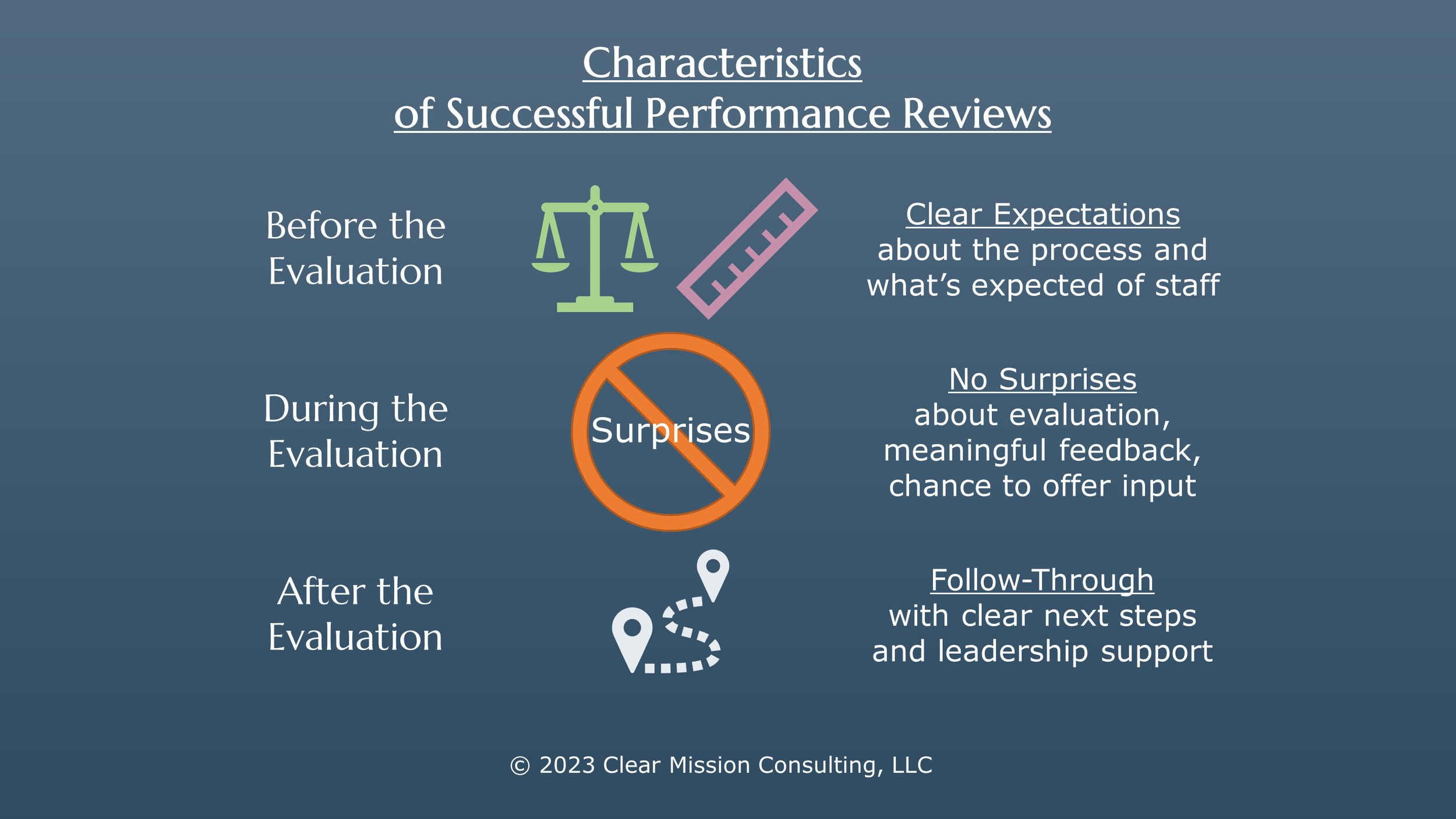Lens on Leadership
Two-minute tips for leaders on how to create the types of vision, plan, and culture that will move the needle for your mission.
Sign-up to get Lens on Leadership in your inbox each Thursday
Search the archives:
We Cannot Afford to Stand Still
Do you need a plan when your organization is successfully achieving its mission? A changing world demands that we adapt.
Resist Conformity. Lead Authentically.
Resisting the pressure to conform to a certain mold of leadership allows us to show up authentically and be the best leaders we can be.
The Five Truths Obscured by Imposter Syndrome
Some of the best leaders fall prey to self-doubt. Don’t let imposter syndrome blind you, or the members of your team, to the truth about your (their) worth.
Turn Your Vision into Action
Being a strategic leader starts with communicating a vision and then charting the course for your team. Here's how to turn that vision into action.
Going Somewhere? Start with a Vision.
You'll achieve more for your mission by getting your team and your external stakeholders on the same page about where you're going. It all starts with a compelling vision.
Spend Less Time Fighting Fires
If you feel like you’re spending all your time “fighting fires,” and not enough time being a strategic leader, there’s a better way.
Make Time for Strategic Leadership
Putting off strategy is like being too busy driving to choose a destination. Get on track by setting the course, monitoring key metrics, and using your time deliberately.
The 10 Characteristics of Successful Performance Reviews
Whether performance review is right around the corner or a long way ahead, there are steps you can take now to ensure staff evaluations go smoothly.
How – and Why – to Create a Culture of Feedback
Do members of your team readily share their ideas and concerns? Do they embrace constructive criticism? Creating a culture in which feedback is routine - and welcomed - starts with leaders.
The Five Superpower of High-Impact Leaders
Leaders who make a lasting impact don't always flash their vision or charisma. Instead, they lead with these five "soft" skills.
Innovative Organizations Can Answer These Two Questions
New ideas do not come about because leaders say, “Innovation is a priority.” Original thinking happens when leaders create the conditions for it.
Decision Roadblock #10: Who’s in Charge Here, Anyway?
Ambiguous authority can derail decisions in any organization. But leaders have options to prevent that uncertainty from become a roadblock to effective decision making.
Decision Roadblock #9: The Problem is (Almost) Never What You Think
Focusing on the wrong problem can lead to confusion, making effective decisions difficult. Get clear about the real issue so you can get back in the driver’s seat and focus on your mission.
Decision Roadblock #8: No Good Options
No one likes feeling backed into a corner. Being a leader sometimes means making tough choices. It’s not fun. But it’s the job. And sometimes there really is a better option…
Decision Roadblock #7: Beyond Pros/Cons – A Better Way to Choose from Many Options
A Pros/Cons List is a great tool. But for high-consequence choices, or when selecting between options that are good for different reasons, a more formal approach - like a trade study - can help.
Decision Roadblock #6: Reducing Complexity
Complex decisions can feel overwhelming. Simplify your choices by identifying overlapping decisions, using questions to sort through options, and looking out for emotional roadblocks.
Decision Roadblock #5: Countering Bias in Decision-Making
Being aware of the potential for bias is a strong start to overcoming its potential influence. Intentionally managing bias in decision-making processes can help your team make more effective choices.
Decision Roadblock #4: Anticipating Emotional Blowback
Some decisions trigger emotional reactions. Having a plan to address stakeholder feelings can prevent concern over blowback from standing in the way of making an effective choice.
Decision Roadblock #3: Seek Commitment, Not Consensus
It’s reasonable to be concerned about ensuring everyone is on board with big decisions. But instead of consensus, cultivate commitment from key stakeholders and acceptance from everyone else.
Decision Roadblock #2: Finding the Confidence to Trust Your Instincts
Sometimes what our gut tells us conflicts with others' expectations or with what’s easiest to do. Get clear about your reluctance to trust your instincts to overcome that hesitation.





















